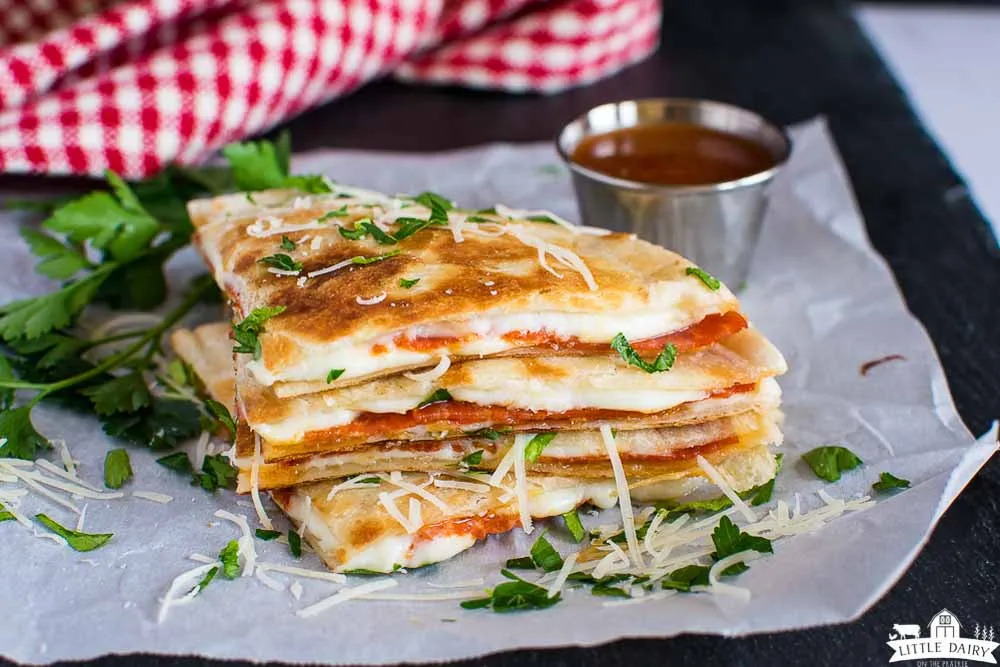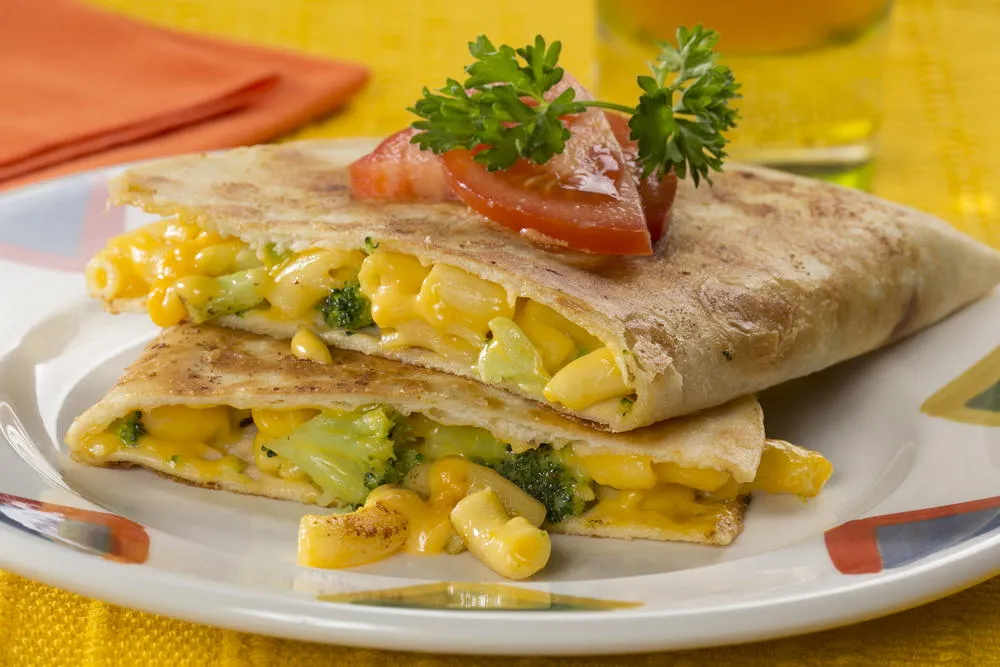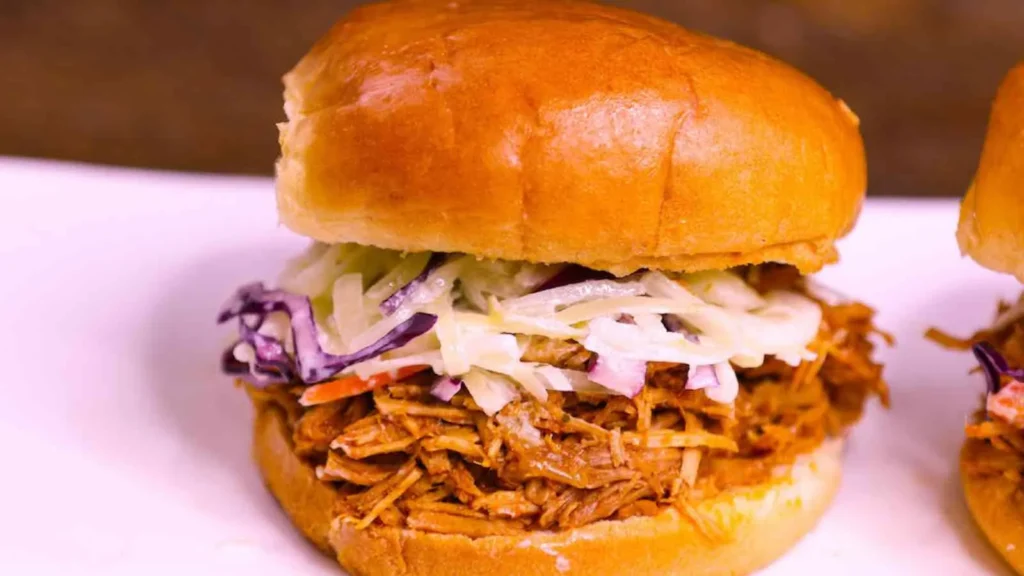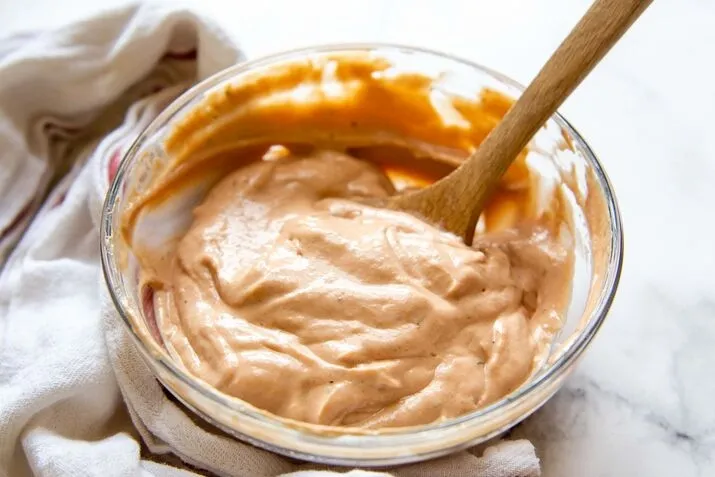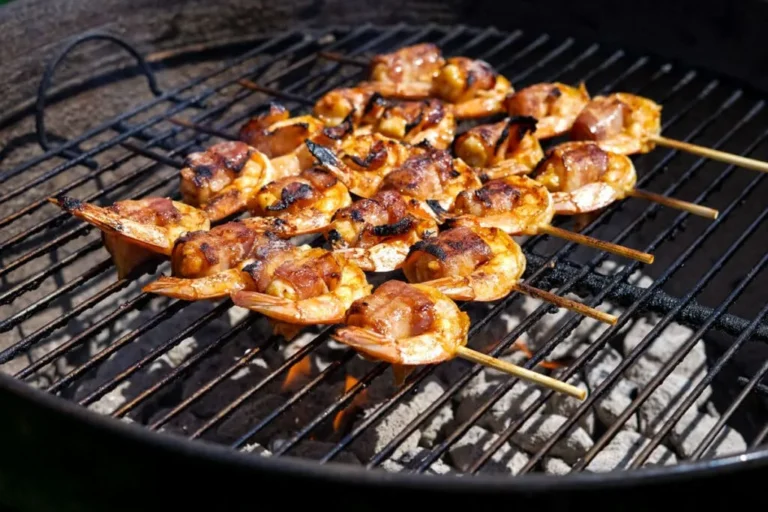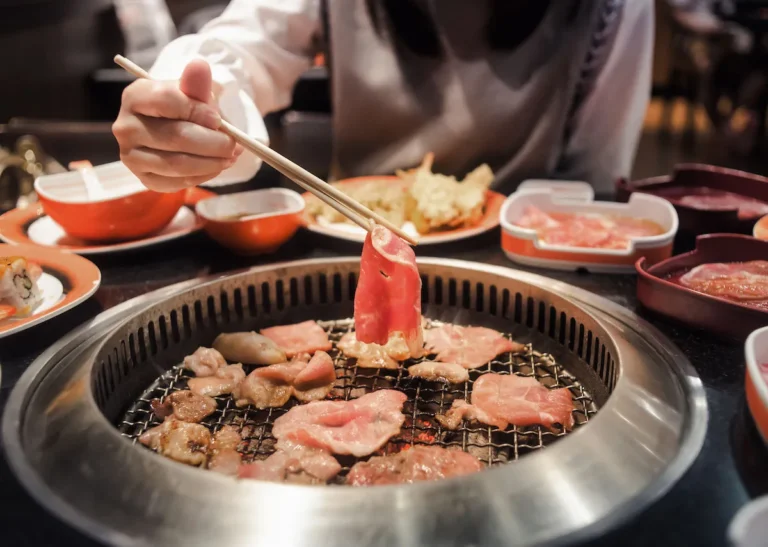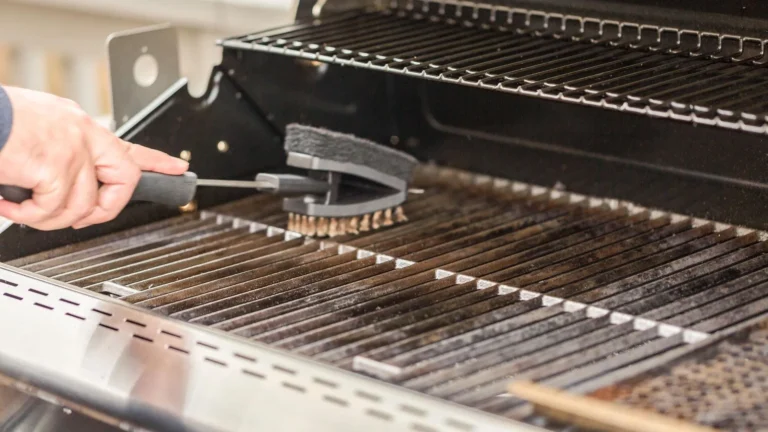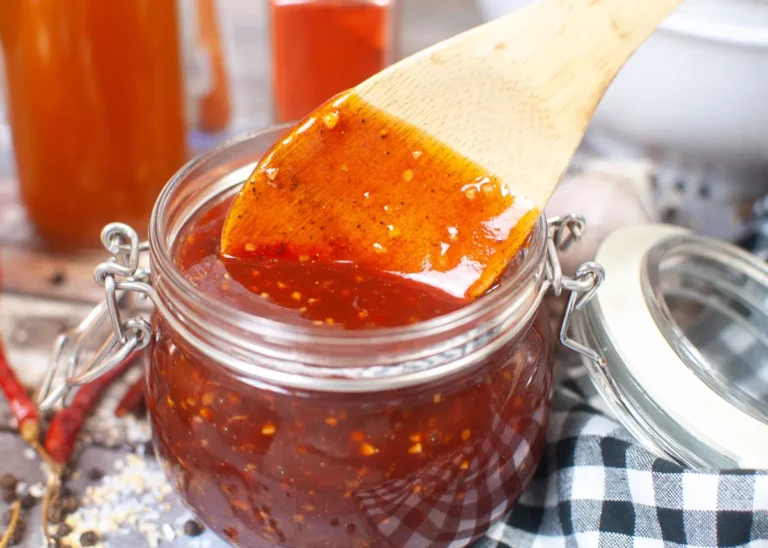Master the Art of Reheating BBQ Leftovers
BBQ leftovers are like hidden gems of smoky deliciousness that you don’t want to waste. But reheating them? That can be a bit of a challenge. You want to bring back that original flavor and juicy texture without turning your BBQ into a dry, rubbery mess.
Whether you’re dealing with brisket, ribs, pulled pork, or chicken, this guide has you covered. We’ll walk you through the best ways on how to reheat BBQ leftovers so they taste just as amazing as when they first came off the grill. Let’s uncover the secrets to keeping that moisture, flavor, and tender goodness intact.
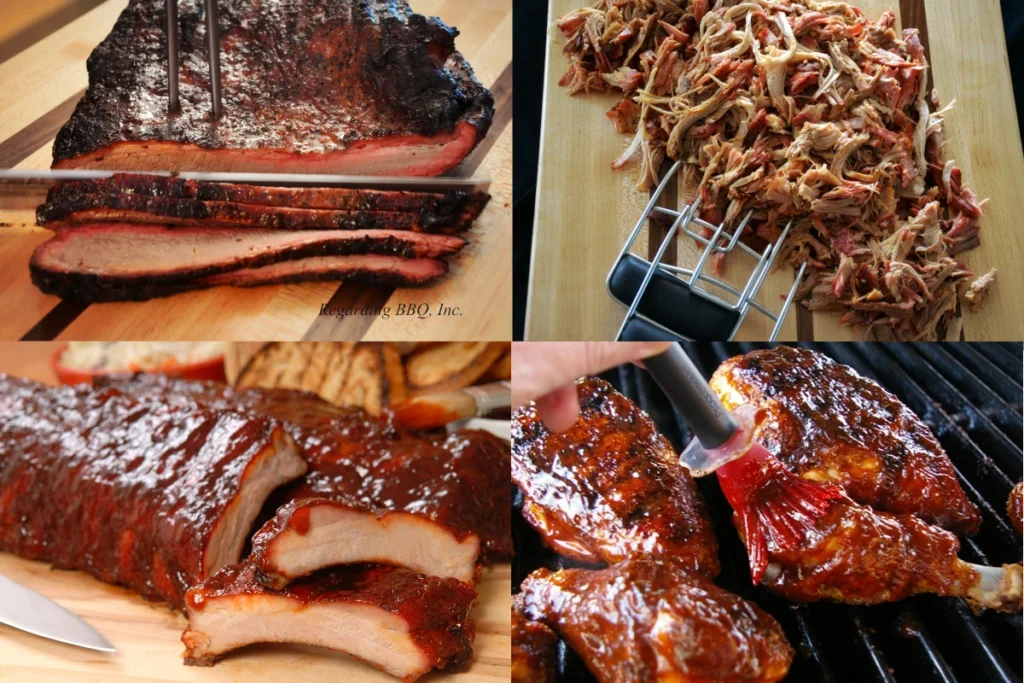
BBQ Leftovers 101
Proper storage is the key to making sure your BBQ leftovers reheat well. When stored correctly, BBQ retains its moisture, flavor, and texture, making it easier to bring back those delicious qualities when reheating.
First things first: let your BBQ cool to room temperature before storing. This prevents condensation, which can make the meat soggy. Wrap your BBQ tightly in aluminum foil or place it in airtight containers to keep air out and preserve its natural juices.
For optimal results, store your BBQ in the fridge for up to 3-4 days or freeze it for longer storage. Proper storage is the foundation for successful reheating, ensuring your BBQ tastes just as good as it did fresh off the grill.
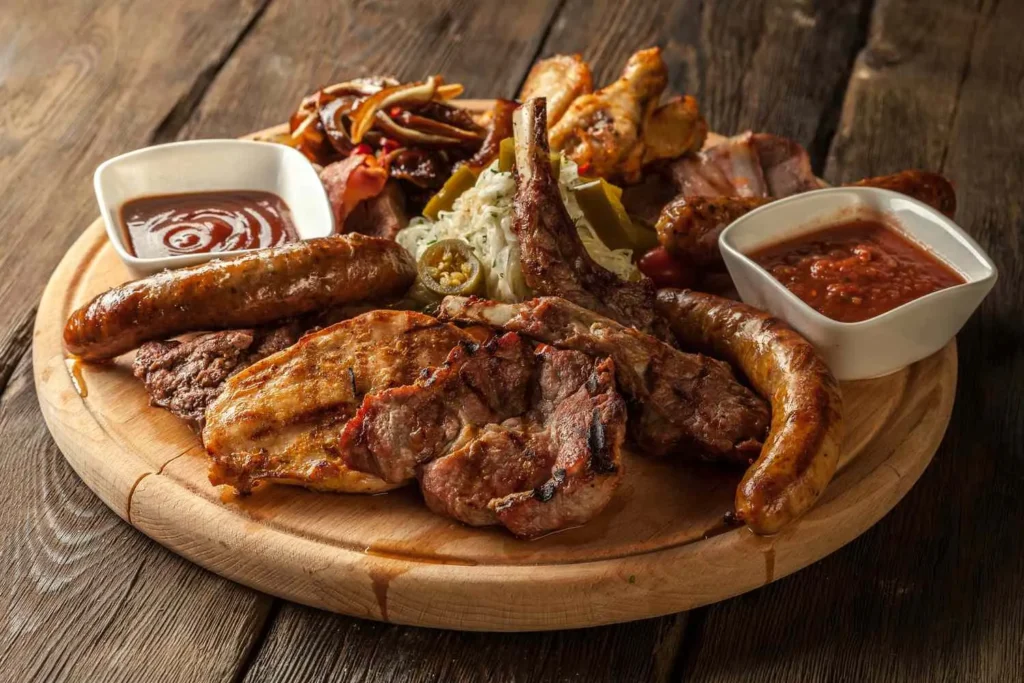
Refrigeration and Freezing Tips
Temperature control is crucial for preserving BBQ leftovers. Here’s a quick guide on how to properly refrigerate and freeze your BBQ:
Refrigeration:
- Duration: BBQ can be stored in the fridge for up to 3-4 days.
- Storage Tips: Use shallow airtight containers or wrap the BBQ tightly in aluminum foil or plastic wrap. This helps maintain moisture and prevents it from absorbing other fridge odors.
- Temperature: Keep your fridge at or below 40°F (4°C) to ensure the BBQ stays fresh and safe to eat.
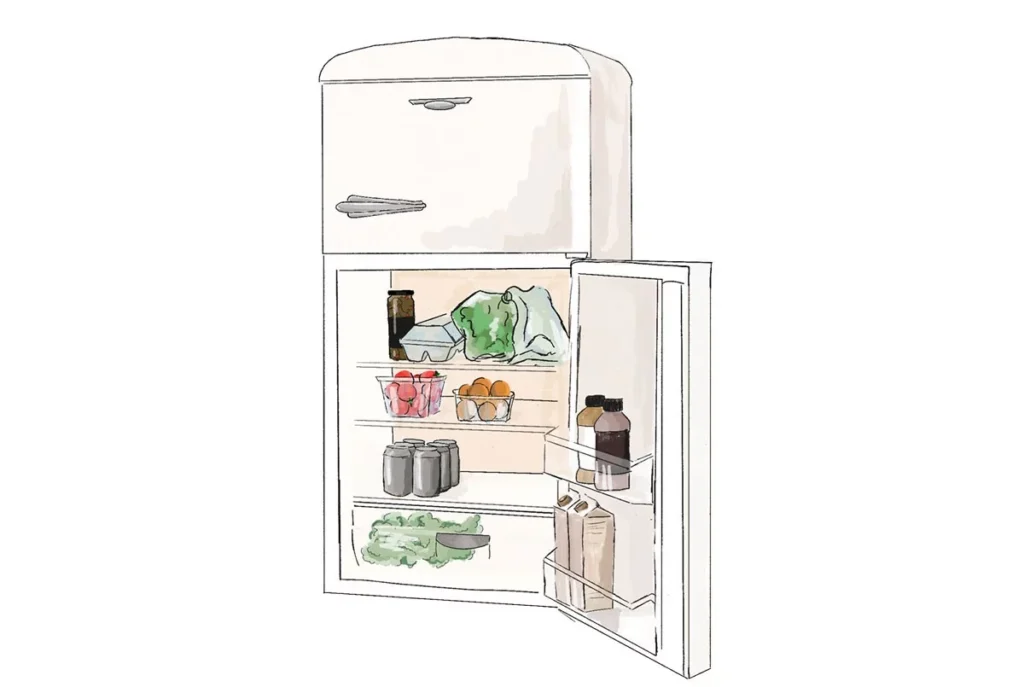

Freezing:
- Duration: For longer storage, freeze your BBQ. It can last for 2-3 months in the freezer without losing too much quality.
- Storage Tips: Wrap the BBQ in heavy-duty aluminum foil or freezer-safe plastic wrap, or place it in freezer bags. Removing as much air as possible from the packaging helps prevent freezer burn.
- Temperature: Make sure your freezer is set to 0°F (-18°C) or lower. This keeps the BBQ in a safe, dormant state, preserving its taste and texture for when you’re ready to reheat.
Refrigeration and Freezing Tips
Temperature control is key when preserving BBQ leftovers. Here’s a quick guide on how to properly refrigerate and freeze your BBQ:
Refrigeration:
- Duration: BBQ can be stored in the refrigerator for up to 3-4 days.
- Storage Tips: Place the BBQ in shallow airtight containers or wrap it tightly in aluminum foil or plastic wrap. This helps maintain moisture and prevents it from absorbing other refrigerator odors.
- Temperature: Keep your fridge at or below 40°F (4°C) to ensure the BBQ stays fresh and safe to eat.
Freezing:
- Duration: For longer storage, freeze your BBQ. It can last for 2-3 months in the freezer without losing too much quality.
- Storage Tips: Wrap the BBQ in heavy-duty aluminum foil or freezer-safe plastic wrap, or place it in freezer bags. Removing as much air as possible from the packaging helps prevent freezer burn.
- Temperature: Ensure your freezer is set to 0°F (-18°C) or lower. This keeps the BBQ in a safe, dormant state, preserving its taste and texture for when you’re ready to reheat.
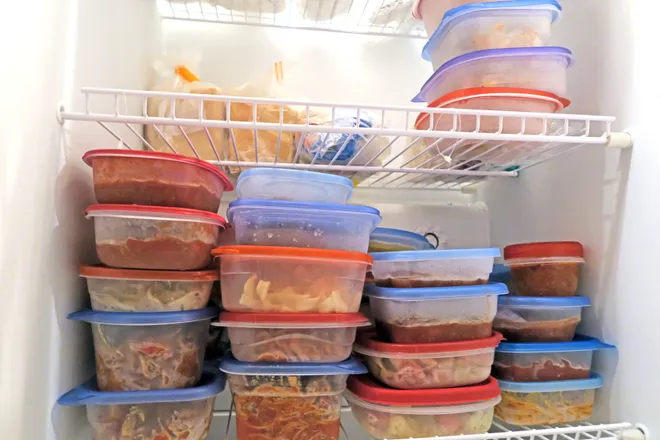
Methods to Reheat BBQ
Reheating BBQ properly depends on the type of meat and the equipment you have on hand. Here are some tried-and-true methods to bring your BBQ back to life while retaining its original flavor and texture:
1. Stovetop Reheating:
- Best For: Pulled pork and chopped meats.
- How To: Use a skillet or a non-stick pan over medium heat. Add a small amount of water, broth, or BBQ sauce to the pan. Stir occasionally to ensure even heating and to prevent sticking. Heat until the meat is warmed through.
2. Using the Oven:
- Best For: Brisket, ribs, pulled pork, and chicken.
- Steps:
- Preheat the Oven: Set your oven to 250°F (120°C). This low and slow approach helps retain moisture.
- Preparing the BBQ: Place your BBQ in an oven-safe dish. Add a splash of broth, water, or BBQ sauce to keep the meat moist. Cover the dish with aluminum foil to trap steam.
- Heating Time: For brisket or ribs, heat for about 30-40 minutes. Pulled pork and chicken may only need 20-30 minutes. Ensure the internal temperature reaches 165°F (74°C).
- Finishing: Remove the foil for the last 5-10 minutes of heating to allow the edges to crisp up slightly, enhancing the texture.
3. Microwave Tips:
- Best For: Small portions of pulled pork or chicken.
- Steps:
- Preparation: Place your BBQ in a microwave-safe dish. Cover it with a microwave-safe lid or a damp paper towel to retain moisture.
- Power Setting: Use medium power (about 50%) to heat the BBQ gently and evenly. High power can dry out the meat quickly.
- Heating Time: Heat the BBQ in short bursts of 1-2 minutes. Stir or flip the meat halfway through each burst to ensure even heating.
- Checking: Check the internal temperature to ensure it reaches 165°F (74°C). Add a bit of broth or BBQ sauce if the meat starts to dry out.
4. Using a Grill:
- Best For: Ribs, chicken, and any BBQ you want to add a bit of extra smokiness to.
- Steps:
- Preheat the Grill: Preheat your grill to medium-low heat. This setting helps prevent the BBQ from drying out.
- Preparing the BBQ: Wrap the BBQ in aluminum foil to retain moisture. You can add a bit of broth or BBQ sauce inside the foil for extra juiciness.
- Heating Time: Place the wrapped BBQ on the grill and heat for about 10-15 minutes. Flip the package halfway through to ensure even heating.
- Finishing: For extra smokiness, unwrap the BBQ for the last few minutes and place it directly on the grill grates. Watch closely to avoid burning. Make sure the internal temperature reaches 165°F (74°C).
5. Sous Vide Reheating (Water Bath Reheating):
- Best For: Brisket and high-quality cuts of meat.
- Steps:
- Preparation: Place your BBQ in a vacuum-sealed bag or a resealable plastic bag. Make sure to remove as much air as possible to prevent the bag from floating.
- Setting Up: Fill a large pot with water and heat it to a temperature of about 165°F (74°C). Use a thermometer to maintain a consistent temperature.
- Reheating: Submerge the bagged BBQ in the water. The gentle heat will slowly warm the meat without overcooking it. Reheat for about 1-2 hours, depending on the thickness of the meat.
- Finishing: Once heated, remove the BBQ from the bag and serve immediately. The water bath method ensures that your BBQ remains juicy and flavorful, perfect for delicate meats like brisket and pulled pork.
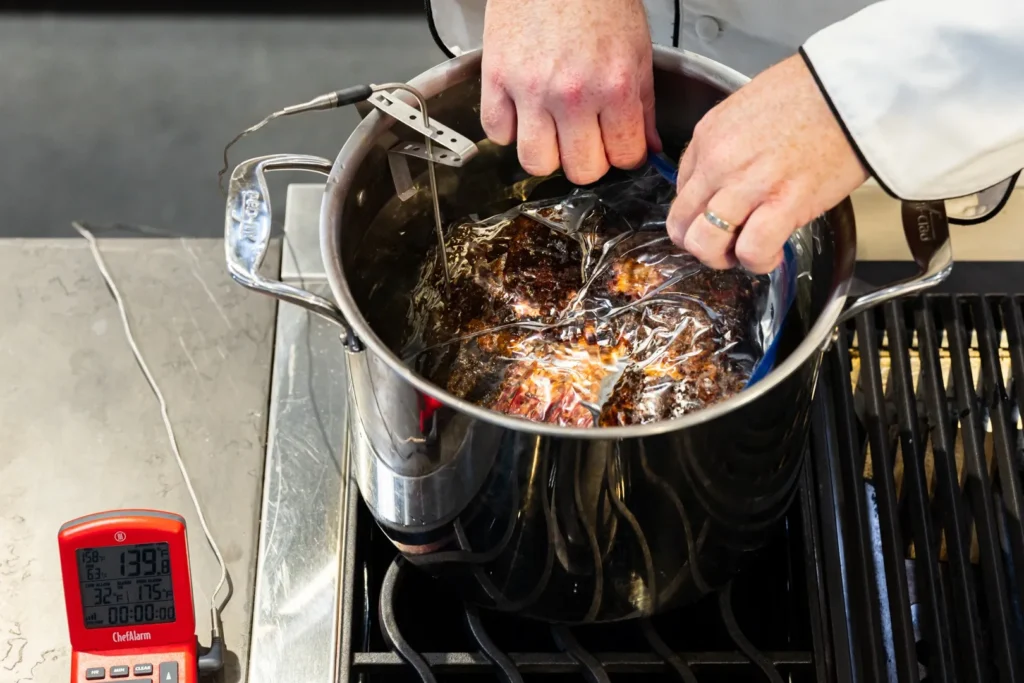



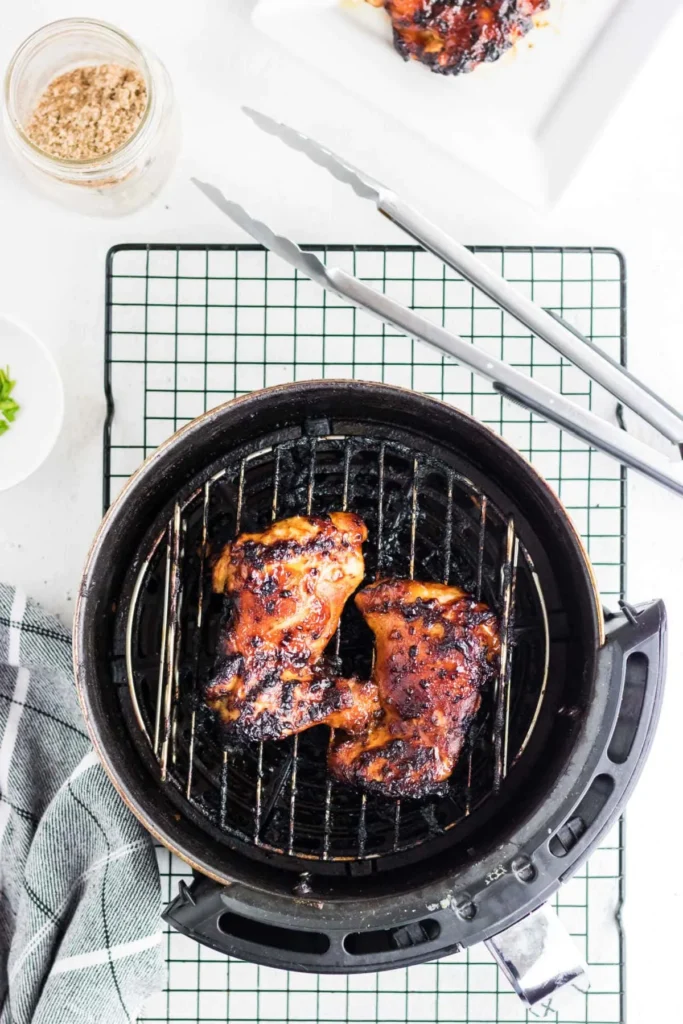
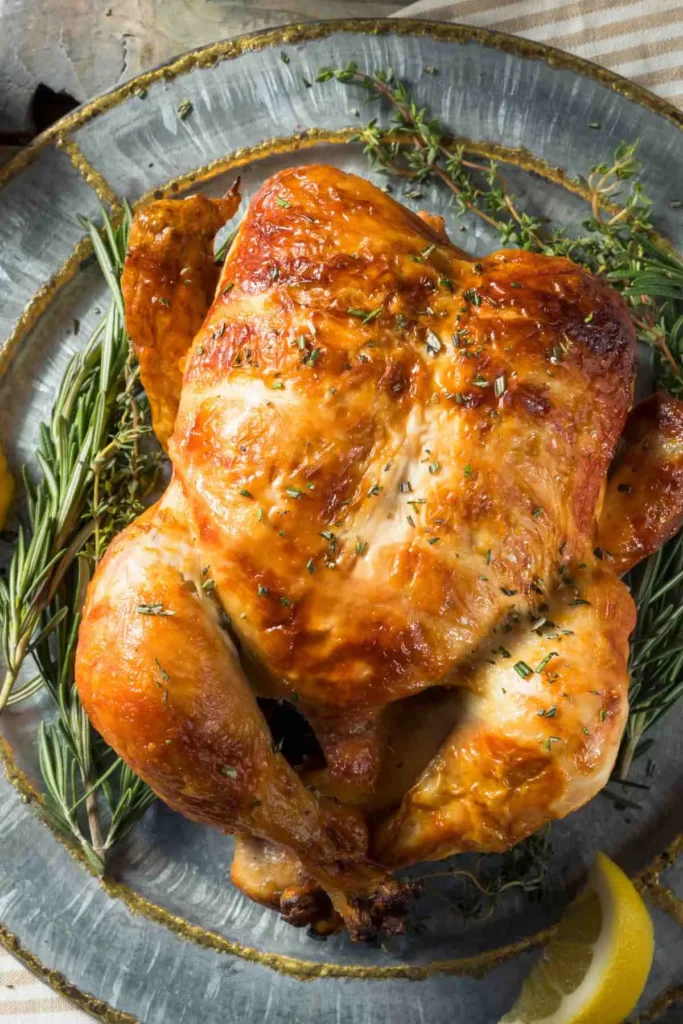
Pro Tips for Reheating BBQ Leftovers
Want to reheat your BBQ leftovers like a pro? Here are some insider tips from BBQ chefs to make sure your leftovers taste just as amazing as the first time around:
Brisket:
- Slice Before Storing: Experts suggest slicing your brisket before storing it. This ensures quicker and more even reheating. Heat the slices in a covered dish with a splash of beef broth to keep them juicy.
- Use a Steam Pan: To prevent drying out, place your sliced brisket in a steam pan with water underneath. This method ensures gentle and moist reheating.
Ribs:
- Low and Slow: Reheat ribs slowly either in the oven or on the grill, wrapped in foil. Add a bit of apple juice or beer inside the foil to enhance flavor and keep them moist.
- Finish on the Grill: For a nice crust, unwrap the ribs for the last few minutes of reheating on the grill, basting with BBQ sauce.
Chicken:
- Bone-In Chicken: Keep the bones in while reheating to retain moisture. If using the stove, reheat in a covered skillet with a bit of broth or BBQ sauce.
- Crisp Skin Tip: For crispy skin, use the broiler for the last few minutes of reheating. Place the chicken on a baking sheet and broil until the skin crisps up.
Pulled Pork:
- Mix in Sauce: Mix pulled pork with a bit of BBQ sauce or broth before reheating to prevent it from drying out. Reheat in a covered skillet on the stove for the best results.
- Slow Cooker Magic: For larger quantities, use a slow cooker on the low setting, adding some liquid to keep it moist and flavorful.
General Tips:
- Avoid Overheating: Aim for an internal temperature of 165°F (74°C). Overheating can dry out the meat and ruin its texture.
- Rest After Reheating: Let your BBQ rest for a few minutes after reheating. This allows the juices to redistribute, making the meat more flavorful and tender.
- Freshen Up with Citrus: For a flavor boost, squeeze a bit of fresh lemon or lime juice over your reheated BBQ. It brightens the flavors and adds a fresh touch.
Expert Techniques for Reheating Different Meats
Reheating BBQ can be an art form, especially when it comes to different types of meats. Here are detailed instructions from BBQ experts on how to perfectly reheat brisket, ribs, chicken, pulled pork, and sausage:
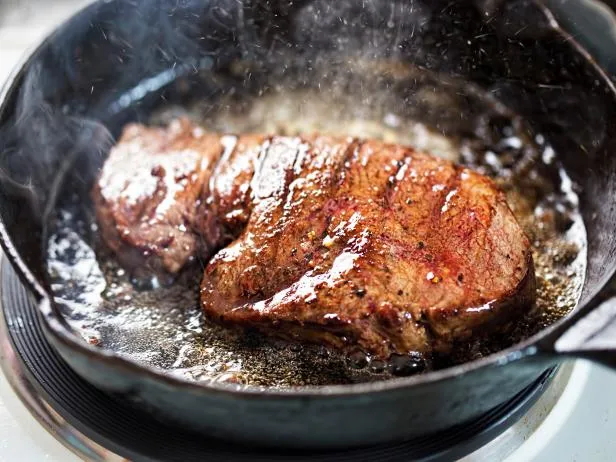
Brisket:
Oven Method:
- Preparation: Slice the brisket before storing it to make reheating easier.
- How To: Preheat your oven to 250°F (120°C). Place the sliced brisket in an oven-safe dish and add a bit of beef broth to keep it moist. Cover the dish with aluminum foil.
- Reheating Time: Heat for about 20-30 minutes, or until the internal temperature reaches 165°F (74°C).
- Pro Tip: For extra moisture, use a steam pan with water underneath the brisket.
Ribs:
Grill Method:
- Preparation: Wrap the ribs in aluminum foil, adding a bit of apple juice or beer inside for added flavor.
- How To: Preheat your grill to medium-low heat. Place the wrapped ribs on the grill.
- Reheating Time: Heat for about 10-15 minutes, flipping halfway through. Unwrap for the last few minutes to add BBQ sauce and get a nice crust.
- Pro Tip: Finish unwrapped on the grill for extra smokiness and caramelization.
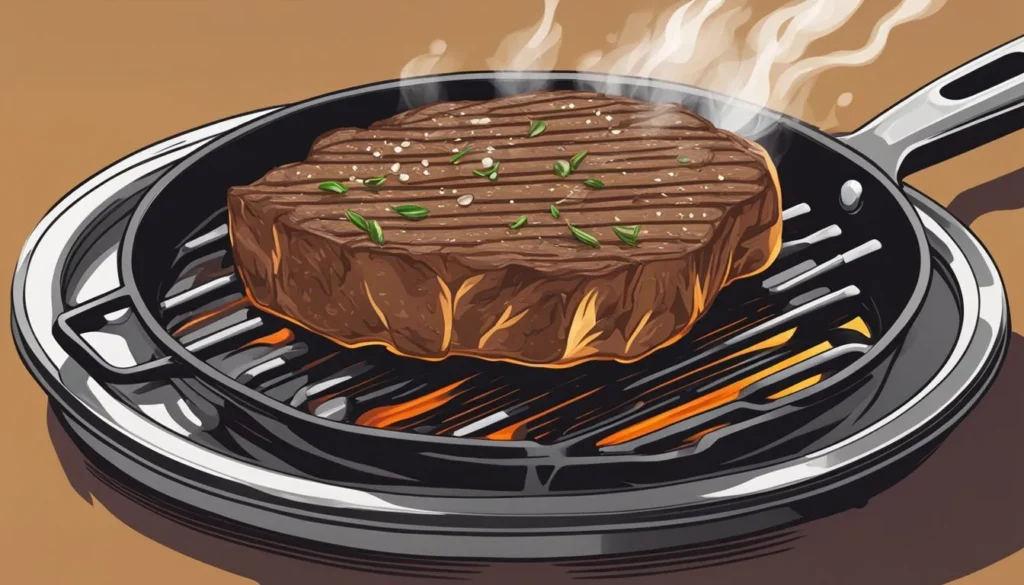
Chicken:
Stovetop Method:
- Preparation: Keep the bones in while reheating to retain moisture.
- How To: Place the chicken in a covered skillet with a bit of broth or BBQ sauce over medium heat.
- Reheating Time: Heat for about 10-15 minutes, stirring occasionally, until the internal temperature reaches 165°F (74°C).
- Pro Tip: For crispy skin, broil the chicken on a baking sheet for the last few minutes.
Pulled Pork:
Slow Cooker Method:
- Preparation: Mix the pulled pork with a bit of BBQ sauce or broth.
- How To: Place the pulled pork in a slow cooker set to low.
- Reheating Time: Heat for about 1-2 hours, stirring occasionally.
- Pro Tip: Use the stove for smaller portions, heating in a covered skillet with added liquid.
Sausage:
Oven Method:
- Preparation: Prick the sausages with a fork to allow excess fat to escape and prevent bursting.
- How To: Preheat your oven to 300°F (150°C). Place the sausages on a baking sheet and cover them with aluminum foil.
- Reheating Time: Heat for about 20 minutes, turning them halfway through.
- Pro Tip: For a crispy exterior, uncover the sausages for the last 5 minutes and increase the oven temperature to 375°F (190°C).
Creative Uses for Leftover BBQ
Transforming your leftover BBQ into new, delicious dishes is a great way to ensure nothing goes to waste. Here are some creative ideas and recipes that breathe new life into your reheated BBQ:
1. BBQ Nachos:
- Ingredients: Reheated pulled pork or chicken, tortilla chips, shredded cheese, jalapeños, sour cream, and your favorite BBQ sauce.
- Instructions: Spread tortilla chips on a baking sheet, top with reheated BBQ, and sprinkle with shredded cheese. Broil until the cheese melts, then add jalapeños, sour cream, and a drizzle of BBQ sauce.
2. BBQ Pizza:
- Ingredients: Reheated brisket or sausage, pizza dough, BBQ sauce, mozzarella cheese, red onions, and cilantro.
- Instructions: Spread BBQ sauce on the rolled-out pizza dough, add a layer of mozzarella cheese, and top with slices of reheated brisket or sausage, red onions, and cilantro. Bake according to pizza dough instructions until the crust is golden and the cheese is bubbly.
3. BBQ Tacos:
- Ingredients: Reheated ribs or pulled pork, corn or flour tortillas, coleslaw, pickled onions, and lime wedges.
- Instructions: Shred the reheated meat and warm the tortillas. Fill each tortilla with the meat, top with coleslaw and pickled onions, and serve with lime wedges for a zesty kick.
4. BBQ Quesadillas:
- Ingredients: Reheated chicken or brisket, flour tortillas, shredded cheese, black beans, and salsa.
- Instructions: Place a tortilla in a heated skillet, sprinkle with cheese, add reheated BBQ, black beans, and salsa, then top with another tortilla. Cook until the bottom tortilla is crispy, then flip and cook until the other side is golden and the cheese is melted. Slice into wedges and serve.
5. BBQ Mac and Cheese:
- Ingredients: Reheated brisket or sausage, cooked macaroni, cheese sauce, and breadcrumbs.
- Instructions: Prepare your favorite mac and cheese recipe, then stir in chunks of reheated brisket or sausage. Transfer to a baking dish, top with breadcrumbs, and bake at 350°F (175°C) for 20 minutes, until the top is golden and crispy.
6. BBQ Sliders:
- Ingredients: Reheated shredded BBQ chicken or pulled pork, slider buns, coleslaw, and pickles.
- Instructions: Warm the slider buns and fill each with reheated BBQ, a spoonful of coleslaw, and a pickle slice. Serve as a fun and easy appetizer or meal.
Creative Recipe Ideas for Leftover BBQ
Transform your leftover BBQ into new, mouth-watering dishes with these simple and innovative recipe ideas:
1. BBQ Breakfast Hash:
- Ingredients: Reheated pulled pork or brisket, diced potatoes, bell peppers, onions, eggs, and BBQ sauce.
- Instructions: Sauté diced potatoes, bell peppers, and onions in a skillet until tender. Add reheated BBQ and cook until warmed through. Create wells in the hash and crack an egg into each. Cover and cook until the eggs are done to your liking. Drizzle with BBQ sauce before serving.
2. BBQ Stuffed Sweet Potatoes:
- Ingredients: Reheated pulled pork or chicken, sweet potatoes, sour cream, green onions, and shredded cheese.
- Instructions: Bake sweet potatoes until tender. Split open and fill with reheated BBQ. Top with sour cream, green onions, and shredded cheese. Return to the oven for a few minutes until the cheese is melted.
3. BBQ Pasta Salad:
- Ingredients: Reheated BBQ chicken or sausage, cooked pasta, cherry tomatoes, corn, black beans, and a BBQ-ranch dressing.
- Instructions: Toss cooked pasta with cherry tomatoes, corn, black beans, and chopped reheated BBQ. Mix with BBQ-ranch dressing (combine equal parts BBQ sauce and ranch dressing) and chill before serving.
4. BBQ Flatbread:
- Ingredients: Reheated brisket or pulled pork, flatbread, BBQ sauce, shredded cheese, red onions, and arugula.
- Instructions: Spread BBQ sauce over the flatbread, top with shredded cheese, reheated BBQ, and red onions. Bake at 400°F (200°C) until the cheese is melted and bubbly. Top with fresh arugula before serving.
5. BBQ Chili:
- Ingredients: Reheated pulled pork or brisket, kidney beans, diced tomatoes, chili powder, and onions.
- Instructions: In a large pot, sauté onions until soft. Add reheated BBQ, kidney beans, diced tomatoes, and chili powder. Simmer for 30 minutes, allowing the flavors to meld. Serve with cornbread or over rice.
6. BBQ Sliders:
- Ingredients: Reheated shredded BBQ chicken or pulled pork, slider buns, coleslaw, and pickles.
- Instructions: Warm the slider buns and fill each with reheated BBQ, a spoonful of coleslaw, and a pickle slice. Serve as a fun and easy appetizer or meal.

Safety Considerations When Reheating BBQ
Reheating BBQ, like any other food, requires attention to safety to ensure it remains safe to eat. Here are some essential safety tips to keep in mind when reheating your BBQ:
1. Proper Storage:
- Cool Down Quickly: After cooking, let your BBQ cool down to room temperature before storing it in the refrigerator or freezer. However, do not leave it out for more than two hours to prevent bacterial growth.
- Airtight Containers: Store BBQ in airtight containers or wrap it tightly in aluminum foil or plastic wrap to prevent contamination and retain moisture.
2. Reheating Temperature:
- Internal Temperature: Always reheat BBQ to an internal temperature of 165°F (74°C). Use a food thermometer to ensure the meat reaches this temperature throughout.
- Even Heating: Stir or flip the BBQ halfway through reheating to ensure even heating, especially when using a microwave or stovetop.
3. Reheating Frequency:
- Limit Reheating Times: Ideally, BBQ should only be reheated once. Repeated reheating can increase the risk of bacterial growth and reduce the quality of the meat.
- Reheat in Portions: If you have a large quantity of BBQ, only reheat the portion you plan to eat. This minimizes the need to reheat the same meat multiple times.
4. Thawing Frozen BBQ:
- Safe Thawing Methods: Thaw frozen BBQ in the refrigerator overnight, in a bowl of cold water (changing the water every 30 minutes), or in the microwave. Never thaw BBQ at room temperature, as this can promote bacterial growth.
5. Handling Leftovers:
- Quick Consumption: Eat reheated BBQ promptly. Do not leave it out for more than two hours after reheating.
- Refrigerate Promptly: If there are any leftovers after reheating, refrigerate them within two hours to maintain safety and quality.
6. Cross-Contamination Prevention:
- Clean Surfaces: Always clean countertops, cutting boards, and utensils after handling raw or reheated BBQ to avoid cross-contamination.
- Separate Storage: Store BBQ separately from raw foods to prevent any potential contamination.

FAQs on Reheating BBQ
Additional Resources
For those who want to dive deeper into the art of reheating BBQ, here are some valuable resources, including videos, guides, and articles that can enhance your understanding and skills:
1. Videos:
- How to Reheat BBQ the Right Way: This comprehensive video walks you through various methods to reheat different types of BBQ, ensuring moisture and flavor are retained.
- Reheating BBQ Ribs – Best Techniques: Learn the best techniques to reheat ribs without drying them out, including oven, grill, and microwave methods.
- Sous Vide Reheating for Perfect BBQ: Discover the sous vide method for gently reheating BBQ, ideal for brisket and other delicate cuts.
Disclosure: Our blog contains affiliate links to products. We may receive a commission for purchases made through these links. However, this does not impact our reviews and comparisons. We try our best to keep things fair and balanced, in order to help you make the best choice for you.



